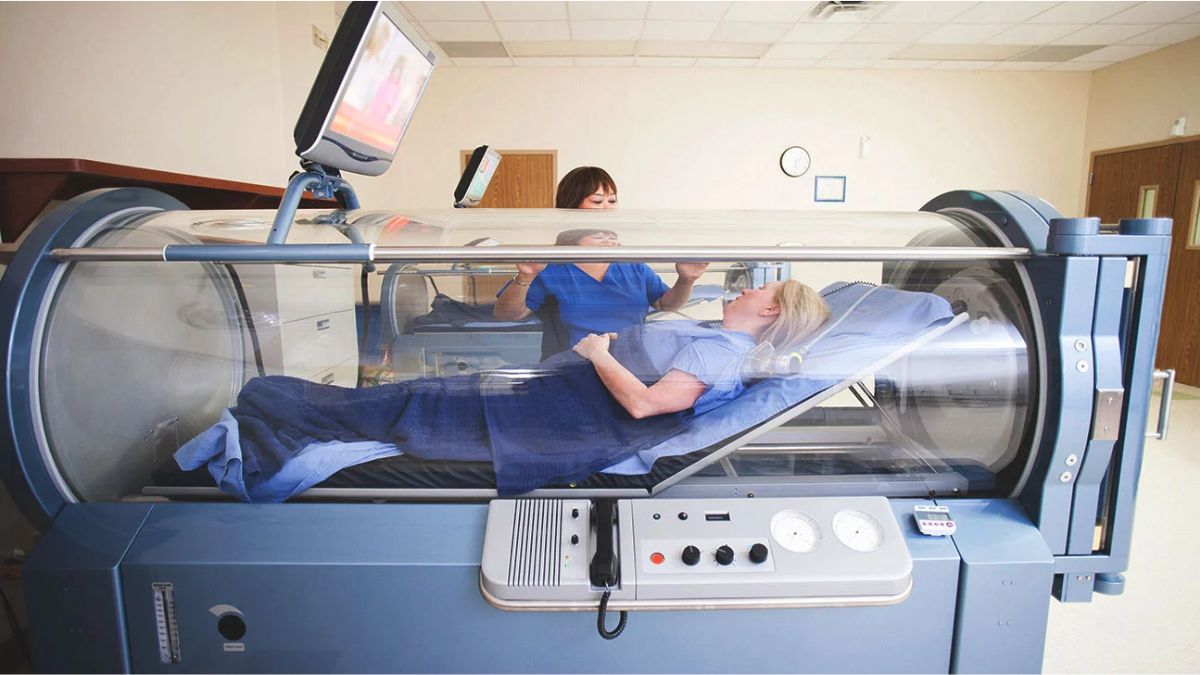How Long Does Meth Stay in Your System?
Methamphetamine, commonly known as meth, is a powerful and highly addictive stimulant that affects the central nervous system. Understanding how long meth stays in your system is crucial for various reasons, including health considerations, legal issues, and drug testing protocols. This comprehensive article will delve into the factors influencing the duration of meth in the body, detection times in various testing methods, and implications for users.
Understanding Methamphetamine
Methamphetamine is a synthetic drug that is chemically similar to amphetamine, a substance used to treat attention deficit hyperactivity disorder (ADHD) and narcolepsy. However, methamphetamine has a much stronger effect on the central nervous system, leading to increased energy, euphoria, and, unfortunately, a high potential for addiction. Regular use of meth can lead to severe health issues, including cardiovascular problems, dental issues (often referred to as “meth mouth”), and neurological damage.
How Long Does Meth Stay in Your System?
The question “how long does meth stay in your system” depends on several factors, including the method of use, individual metabolism, and frequency of use. Generally, meth can be detected in the body for varying periods depending on the testing method employed.
Factors Influencing Detection Time
- Frequency of Use: Chronic users may find that meth stays in their system longer than occasional users. This is due to the accumulation of the drug in the body over time.
- Dosage: Higher doses can lead to longer detection times. A one-time user may metabolize the drug faster than someone who uses larger amounts regularly.
- Method of Use: The method of ingestion (smoking, snorting, injecting, or swallowing) can also affect how long meth remains detectable. Smoking or injecting meth can lead to quicker highs and shorter detection times compared to oral ingestion.
- Individual Factors: Factors such as age, body mass, metabolism, and overall health can influence how long meth stays in a person’s system. For example, younger individuals with faster metabolisms may process the drug more quickly than older adults.
Detection Times by Testing Method
Detection times for methamphetamine vary based on the type of drug test administered. Below are the most common methods of testing and their respective detection windows:
- Urine Tests:
- Detection Window: 1 to 5 days after last use.
- Details: Urine tests are the most common method used in workplaces and rehabilitation centers. Meth can often be detected within 24 hours of use.
- Blood Tests:
- Detection Window: 1 to 3 days after last use.
- Details: Blood tests are less common but provide a more accurate measure of current meth levels in the system.
- Saliva Tests:
- Detection Window: 1 to 4 days after last use.
- Details: Saliva tests can detect meth shortly after use and are often employed in roadside drug testing.
- Hair Tests:
- Detection Window: Up to 90 days after last use.
- Details: Hair follicle tests provide a longer detection window and can reflect long-term drug use, making them a common choice for comprehensive drug screenings.
The Metabolism of Methamphetamine
Methamphetamine is metabolized in the liver and is excreted through urine. The half-life of methamphetamine, which is the time it takes for half of the drug to be eliminated from the body, is approximately 12 hours for healthy individuals. However, this can vary based on the factors discussed earlier.
After the initial high, users may experience a crash as the drug is metabolized, leading to symptoms such as fatigue, depression, and increased appetite. These effects can lead to a cycle of use, as individuals may take more meth to alleviate these withdrawal symptoms.
Long-Term Effects of Meth Use
Understanding how long meth stays in your system is crucial, but it is equally important to consider the long-term consequences of meth use. Chronic use can lead to a variety of health issues, including:
- Cardiovascular Damage: Increased heart rate and blood pressure can result in serious heart problems.
- Neurological Issues: Long-term meth use can cause significant changes in brain structure and function, leading to cognitive deficits and emotional disturbances.
- Addiction: Methamphetamine is highly addictive, and many users may find it difficult to quit without professional help.
Seeking Help and Recovery
If you or someone you know is struggling with meth addiction, seeking help is crucial. Treatment options are available, including behavioral therapy, counseling, and support groups. The first step is often recognizing the need for help and reaching out to professionals who can provide guidance and support.
Conclusion
In summary, the question “how long does meth stay in your system” is complex and influenced by various factors such as frequency of use, method of ingestion, and individual metabolism. Detection times vary significantly depending on the testing method, with urine tests being the most commonly used. Understanding these elements is essential for those affected by meth, whether for personal knowledge or legal reasons. The health consequences of meth use are severe, making it critical to seek help if addiction is present.
FAQs
- How quickly can meth be detected in a urine test?
- Meth can typically be detected in urine within 24 hours after use.
- Can I flush meth out of my system faster?
- While hydration and a healthy diet may help, the best way to eliminate meth is through time, as the body metabolizes it naturally.
- How does chronic use affect detection times?
- Chronic use can extend the detection window, making it more likely for meth to remain in the system longer than for occasional users.
- What are the symptoms of meth withdrawal?
- Withdrawal symptoms can include fatigue, depression, increased appetite, and intense drug cravings.











